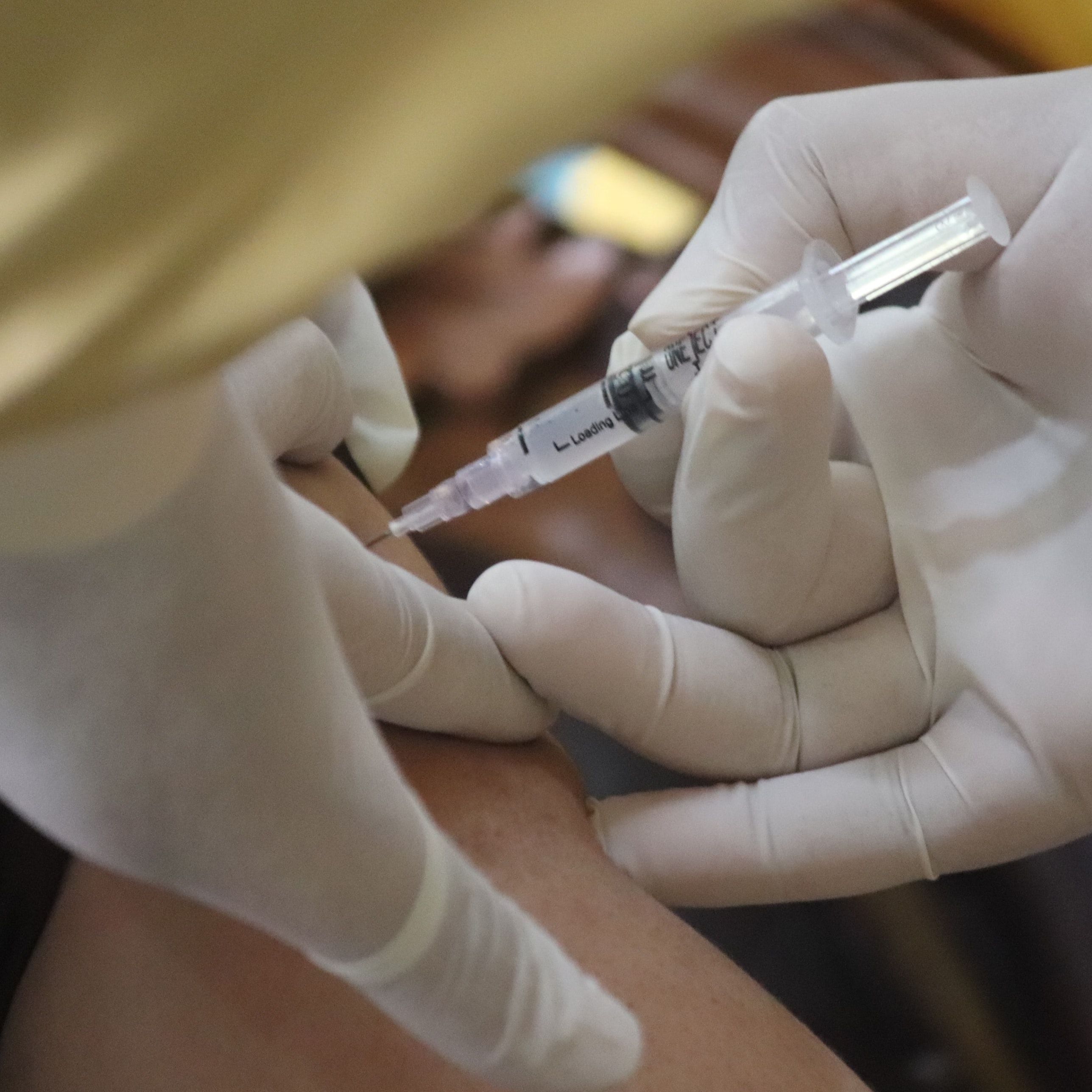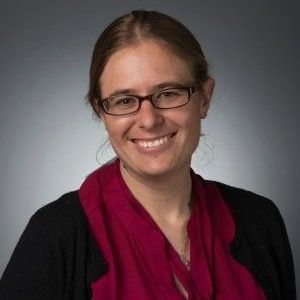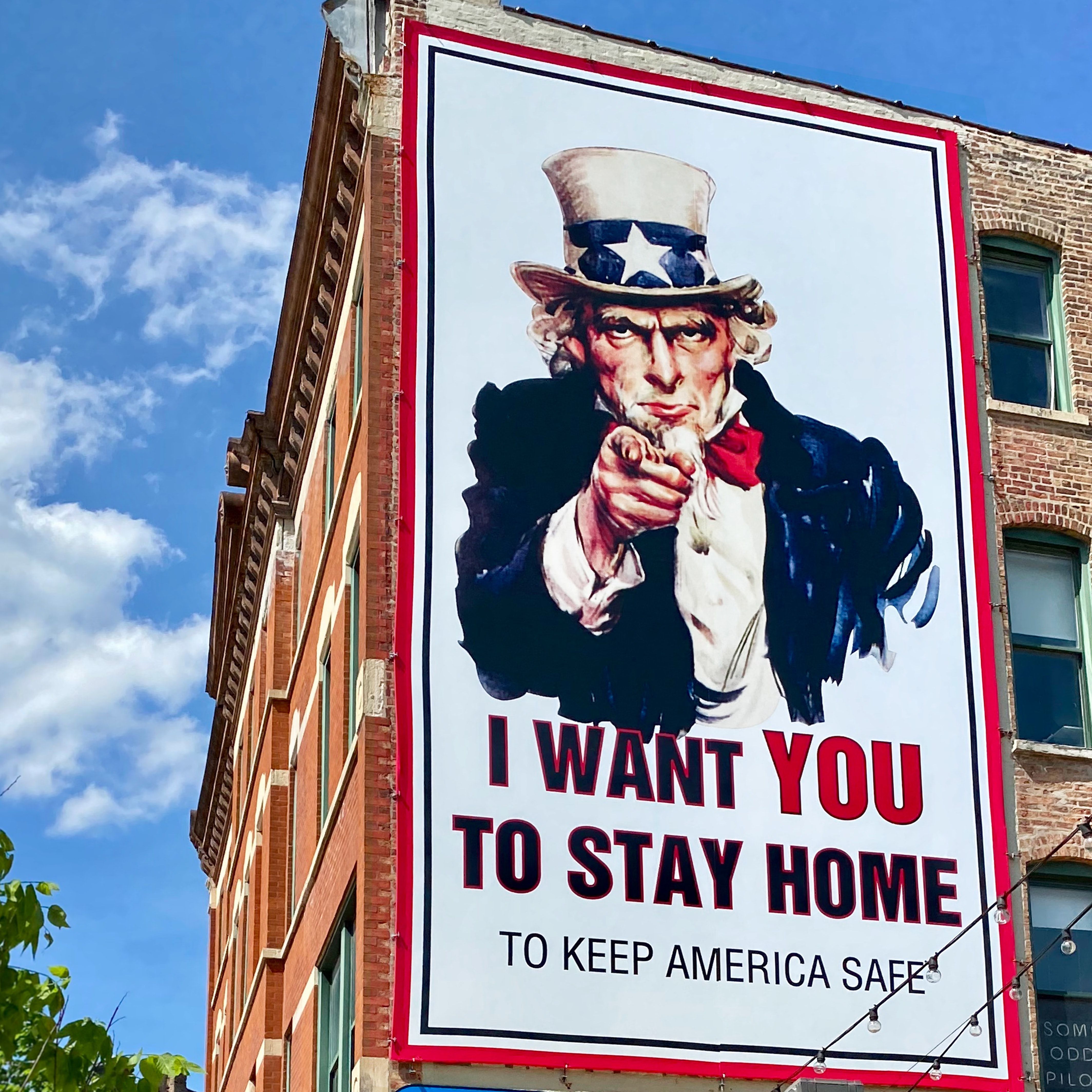Article
Few Get Shingles Vaccine
Five years after the FDA approved Merck's shingles vaccine, few have been inoculated against the debilitating disease.
Five years after the FDA approved Merck’s Zostavax vaccine against shingles for those 60 and up, the number of people who have been inoculated against the debilitating disease remains disappointingly low, explains an article that appeared on Tuesday in the New York Times. As of 2009, the most recent year for which data is available, just one in ten Americans over 60 had received the vaccine.
When the vaccine was being developed, researchers were optimistic that it would be a major step forward. Shingles is caused by varicella zoster, which is present in nearly every American adult. The virus causes chickenpox, then goes dormant, only to become active again decades later. When reactivated, it causes an extremely painful rash that can leave behind permanent scars and damage one’s vision. Shingles afflicts one million Americans each year and grows both more common and more severe the older one gets.
There have been shortages of the vaccine each year since it was introduced in 2006. One problem is that the live virus needed to make Zostavax has proved difficult to produce in large quantities and is also needed to make the chickenpox vaccine for children. (Merck has built a new manufacturing plant, but it won’t start operation until 2013.)
Furthering the challenge of getting the vaccine to patients, Zostavax costs $160 per dose and must be stored in a freezer, with which few doctor’s offices are equipped. As a result, many of those patients who do get the vaccine end up getting it from pharmacists.
The FDA approved Zostavax for patients aged 50 to 59 in March, noting that each year 200,000 Americans in their fifties get shingles. At this point, however, few insurers cover the vaccine for those under 60.
Around the Web
Drive to Stem Shingles Meets Few Expectations [The New York Times]
FDA approves Zostavax vaccine to prevent shingles in individuals 50 to 59 years of age [FDA]





